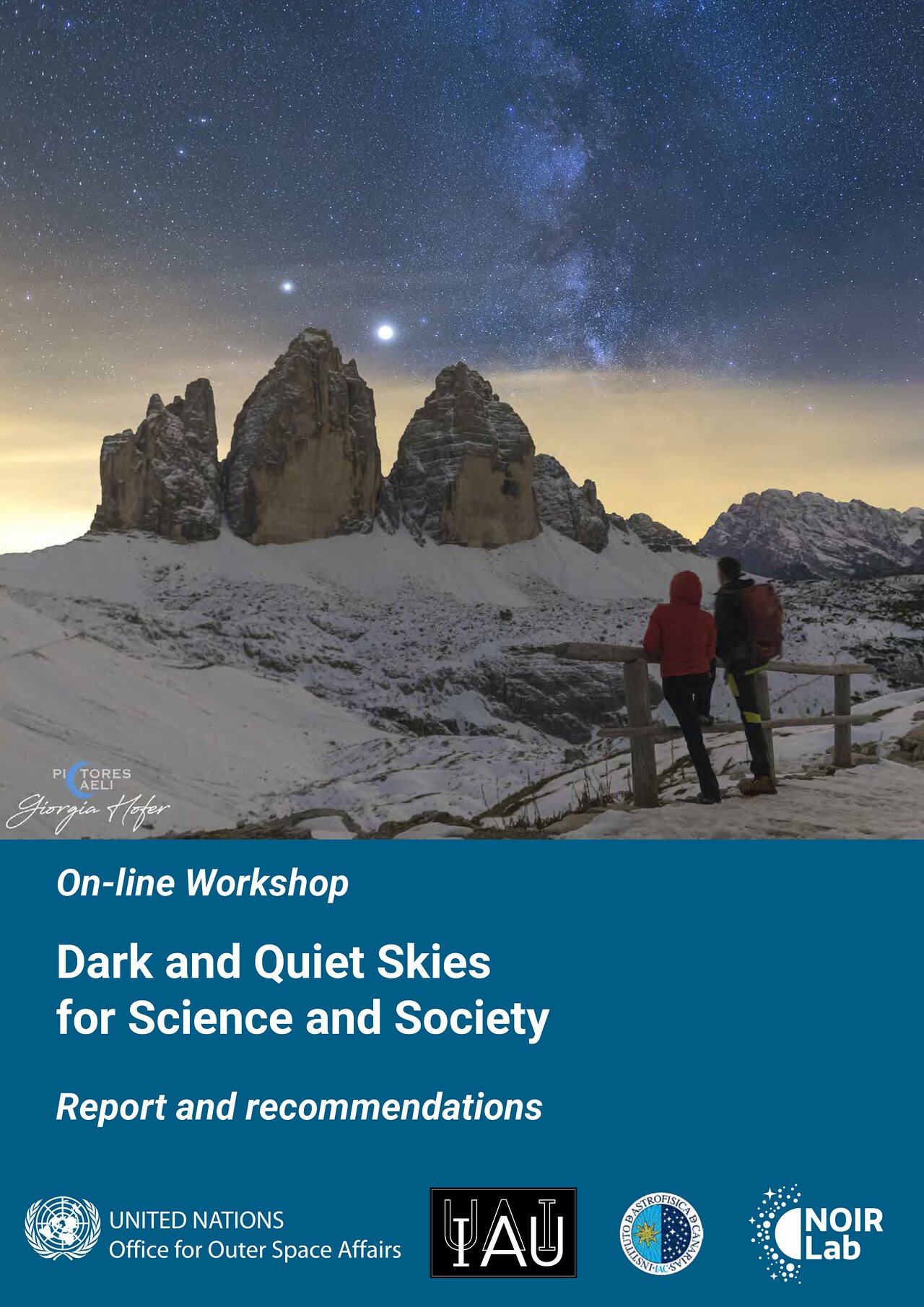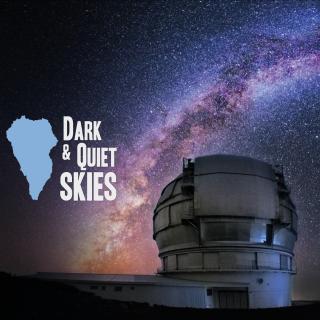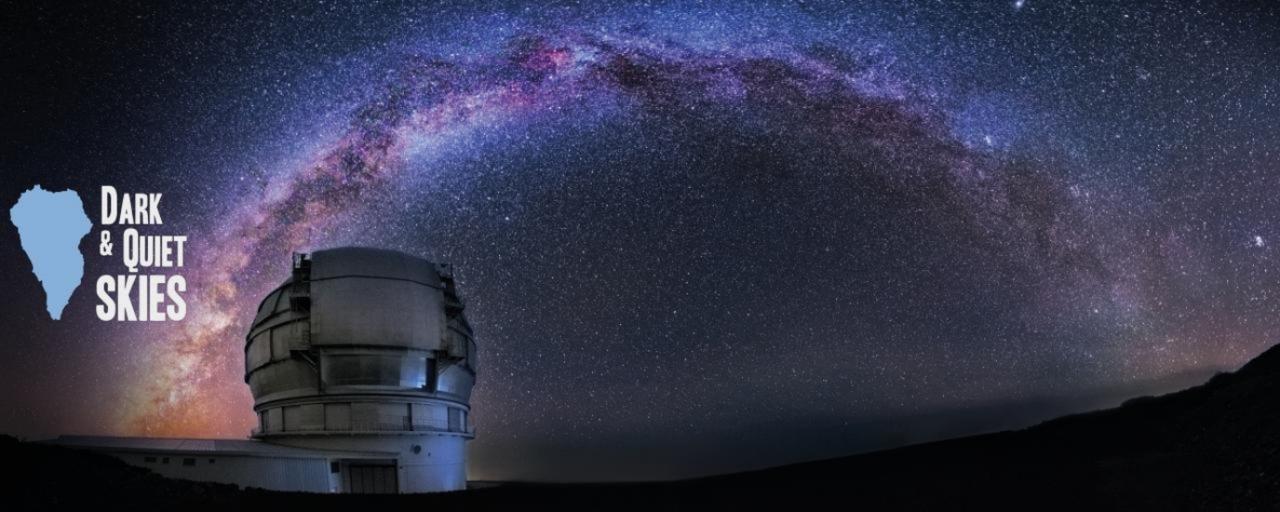Since millennia the silent and ordered beauty of the night sky has inspired humankind in all its intellectual and emotional expressions: poetry, philosophy, religion and science. In particular, modern science is deeply indebted to the observation of astronomical phenomena as all its major progresses, from the theory of universal gravitation to general relativity, were stimulated and verified by careful observation of the sky.
Today, technological progress, in particular artificial illumination of urban areas, has made it more and more difficult to observe the night sky in its pristine magnificence. Also, remote sites chosen to host the most sophisticated astronomical observatories because of their favourable location, are becoming gradually endangered by light pollution, radio signals interference and artificially induced climatic modifications. More recently, an additional negative impact on the observation of the night sky emerged from visual interference of the mega constellations of artificial satellites in low earth orbit.
Access to the electromagnetic signals emitted by all objects in the universe is not only instrumental for understanding the cosmos and the overall progress of Science, but the visibility of the starred sky is a fundamental human heritage that must be preserved with painstaking care and love for future generations. Losing it, would disconnect us forever from the Cosmos and Nature.
The United Nations Office for Outer Space Affairs and Spain, jointly with the International Astronomical Union (IAU) are organizing this face to face Conference hosted by the Instituto de Astrofísica de Canarias (IAC) at Santa Cruz de La Palma, Canary Islands, Spain, after the online Workshop "Dark and Quiet Skies for Science and Society", celebrated on 5 - 9, October, 2020, in which it was elaborated this report and recommendations, which describes the impact of human activities on the visibility of the starry sky and the progress of the science of astronomy.

The report addresses three classes of interference: Artificial Light At Night (ALAN), radio wavelength emission and Low Earth Orbit (LEO) satellite trails. Incorporating suggestions from around 1000 participants in the workshop, the report has been prepared by more than 85 experts organised across five Working Groups. The Working Groups focused on, respectively: Dark Sky Oases, Optical Astronomy, Bioenvironment, Satellite Constellations and Radio Astronomy.
Each Working Group has made recommendations for steps that can be taken to mitigate the particular effects of the human activities they focused on. Since many of these activities also have important benefits, such as increased safety thanks to urban illumination and network connectivity provided by satellites, care has been taken to recommend actions that reduce their negative impacts without compromising their effectiveness for their original purposes. This is essential for the quick development and implementation of actions to preserve dark and quiet skies, for both scientific exploration and cultural heritage.
In April 2021, an executive summary of this report will be presented to the United Nations Science and Technology Sub-Committee (STSC) of the Committee on the Peaceful Uses of Outer Space (COPUOS). COPUOS requested this meeting and the recommendations with the goal of protecting the science of astronomy. The feedback from the COPUOS STSC will be used to finalise the report, which will then be presented at the full COPUOS meeting in August 2021.
In the recent past, several similar events have been organized with the aim of analysing the threat of light and radio pollution to astronomy and to the visibility of the pristine night sky. In particular, the conference organized in 2017 in La Palma, on the 10th anniversary of the Starlight Declaration, approved a number of recommended resolutions. In order to make these recommendations more effective, the present Workshop is organised under the auspices of the Committee on the Peaceful Uses of Outer Space (COPUOS). The event will result in a document that describes what measures Governments and private enterprises can adopt to mitigate the negative impact of technological implementations on astronomy (e.g. urban lighting, radio broadcasting and satellite constellations’ deployment) without diminishing the effectiveness of the services they offer to citizens. The final document will be presented to COPUOS for endorsement, to become a reference for regular future analysis of the situation. The involvement of COPUOS is particularly important since it is the natural international forum where these matters should be brought to the attention of the World Governments.
Executive Committee (EC)
- Piero Benvenuti (U. Padova/IAU)
- Casiana Muñoz Tuñón (IAC)
- Nathalie Ricard (UNOOSA)
- José M. Rodríguez Espinosa (IAC/IAU)
- Connie Walker (NSF's NOIRLab/IAU/AAS/IDA/Co-Chair)
Background information on the Organising Entities
The United Nations Office for Outer Space Affairs (UNOOSA) is the United Nations office responsible for promoting international cooperation in the peaceful uses of outer space. UNOOSA serves as the secretariat for the General Assembly's only committee dealing exclusively with international cooperation in the peaceful uses of outer space: the United Nations Committee on the Peaceful Uses of Outer Space (COPUOS).
The International Astronomical Union (IAU), founded in 1919, is the world’s largest professional organization for astronomers, bringing together 14 000 professional astronomers from more than 100 countries worldwide. Its mission is to promote and safeguard the science of astronomy in all its aspects, including research, communication, education and development, through international cooperation. Structured into Divisions, Commissions, and Working Groups, the IAU has as one of its priority goals, the reduction and prevention of artificial sky glow and radio interference. As such Commission B7 was established to address these critical issues.
The Instituto de Astrofísica de Canarias runs two observatories, in Tenerife and La Palma, and is interested in preserving "Dark and Quiet Skies" for the benefit of Society and of the Astronomical community.

